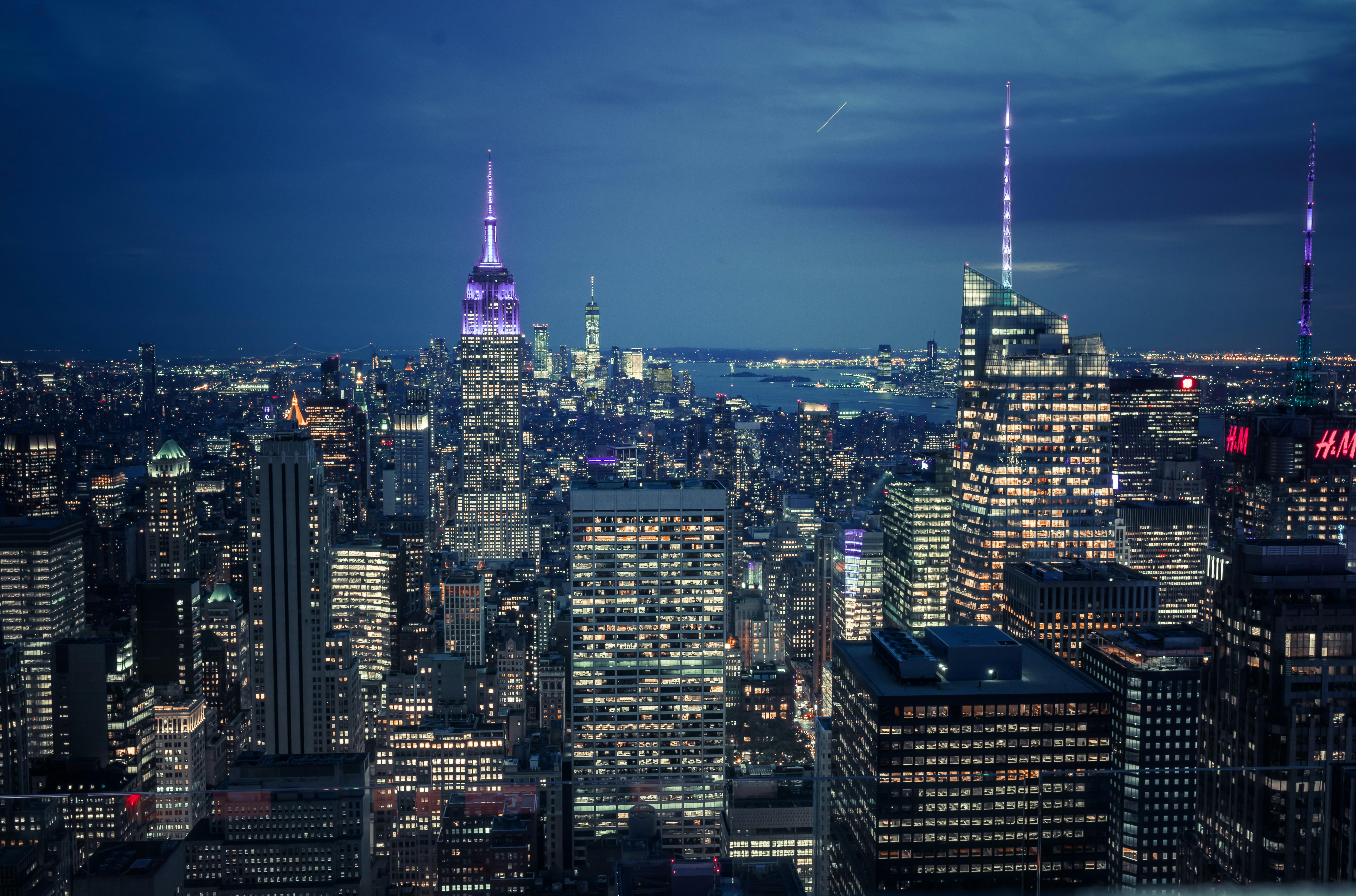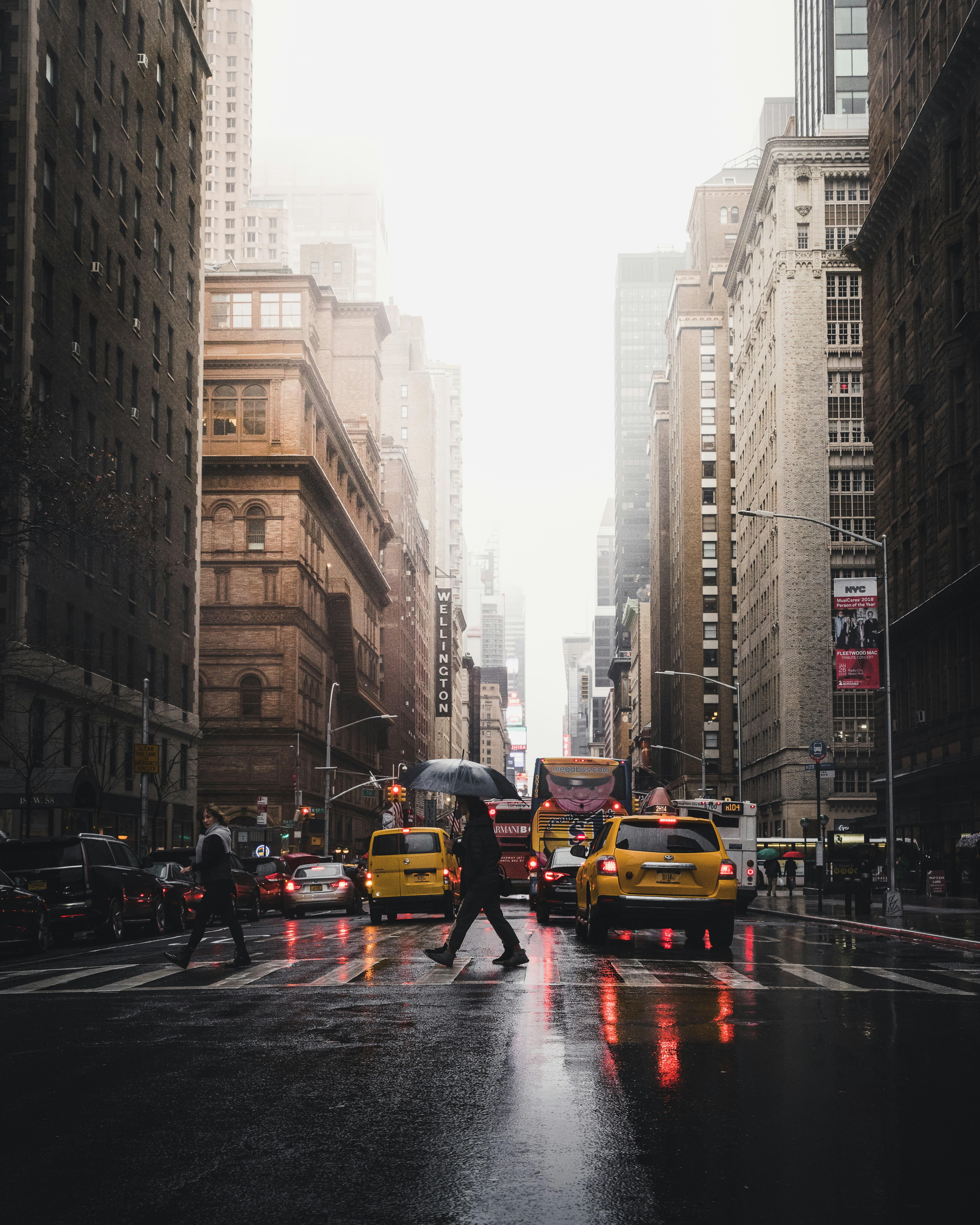Aldous Huxley’s Brave New World stands as a seminal piece in the landscape of dystopian literature, offering a prescient exploration of a future where technological advancement and societal control converge to redefine the essence of humanity. In this analytical examination, we delve into the intricate tapestry of Huxley’s imagined world, where comfort and stability are achieved at the expense of individuality and freedom. Through its chilling depiction of a society governed by genetic engineering, consumerism, and psychological manipulation, Brave New World not only serves as a cautionary tale but also prompts a critical reflection on contemporary issues of autonomy, ethics, and the human condition. By dissecting the novel’s thematic elements and narrative techniques, this article seeks to uncover the enduring relevance of Huxley’s vision and its implications for understanding the potential trajectories of our own world. Brave New World“>
Brave New World“>
Societal Control and Conditioning in Brave New World
In Aldous Huxley’s “Brave New World,” societal control is meticulously maintained through a blend of technological interventions and psychological conditioning. The World State’s regime employs various methods to ensure its citizens remain docile and content, effectively stripping them of individual autonomy and critical thinking. From birth, individuals are subjected to a process known as “Bokanovsky’s Process,” which standardizes and predetermines their roles in society. Hypnopaedia, or sleep-teaching, is another key tool, used to inculcate societal norms and expectations, embedding a deep-seated acceptance of one’s predetermined path.
- Soma: This government-provided drug ensures that citizens remain placid and free from discomfort, offering an escape from any unpleasant emotions.
- Caste System: Society is divided into rigid classes, from Alphas to Epsilons, with each group conditioned to accept their status without question.
- Consumerism: The economy thrives on constant consumption, with citizens conditioned to replace rather than repair, maintaining the cycle of dependency on the State.
These mechanisms underscore a chilling vision of a society where control is not overtly oppressive but subtly ingrained in the very fabric of existence, highlighting Huxley’s critique of the potential for technology and psychology to be wielded as tools of domination.

The Role of Technology in Shaping Dystopian Realities
In Aldous Huxley’s “Brave New World,” technology serves as both a tool and a tyrant, fundamentally transforming society into a dystopian reality. The novel intricately explores how technological advancements, when unmoored from ethical considerations, can undermine individual autonomy and foster a dehumanized society. Central to this transformation is the use of genetic engineering and conditioning techniques that create a populace devoid of free will and critical thought. These technologies are not merely background details but are woven into the very fabric of the dystopia, showcasing the potential for scientific progress to be weaponized against human freedom.
- Genetic Engineering: The World State employs genetic manipulation to predetermine the roles and social classes of individuals, stripping away the concept of personal choice and diversity.
- Conditioning Techniques: Through hypnopaedia and other psychological methods, citizens are conditioned to accept societal norms unquestioningly, eradicating dissent and individuality.
- Recreational Technologies: Devices like the “feelies” and “soma” serve as distractions, numbing the populace and preventing any form of introspection or rebellion.
By illustrating these elements, Huxley warns of a future where technological control can subvert human nature and ethical boundaries, crafting a society that values stability and conformity over genuine human experience and freedom.
Identity and Individuality in a Conformist Society
In Aldous Huxley’s Brave New World, the tension between identity and individuality becomes a poignant theme as characters navigate a society deeply entrenched in conformity. The World State’s motto of “Community, Identity, Stability” underscores the ironic manipulation of identity, where the concept is used to homogenize rather than celebrate uniqueness. In this dystopian setting, individuals are conditioned from birth to fulfill predetermined roles, sacrificing personal freedom and self-expression for societal harmony.
Key elements that contribute to the erosion of individuality include:
- Genetic Engineering: The Bokanovsky Process ensures uniformity, producing nearly identical humans who are devoid of personal distinction.
- Hypnopaedic Conditioning: Repeated sleep-teaching shapes thoughts and behaviors, leaving little room for personal choice or critical thinking.
- Consumerism as Identity: The encouragement of materialism fosters superficial identities, where self-worth is measured by possessions rather than personal values or achievements.
These societal mechanisms highlight the paradox of a world that champions the illusion of individuality while systematically dismantling it. Through this lens, Brave New World serves as a cautionary tale, urging readers to reflect on the value of true identity amidst the pressures of a conformist society.

Recommendations for Further Study on Dystopian Themes
For those intrigued by the dystopian themes in Brave New World, a deeper dive into similar literature can enhance understanding and provide broader perspectives. Here are some recommended readings that explore dystopian concepts:
- 1984 by George Orwell: This classic novel offers a chilling vision of a totalitarian regime, delving into themes of surveillance, identity, and freedom.
- Fahrenheit 451 by Ray Bradbury: Bradbury’s work explores the suppression of ideas through book burning, emphasizing the power of knowledge and the dangers of censorship.
- The Handmaid’s Tale by Margaret Atwood: A powerful narrative that examines themes of gender and power within a repressive society, highlighting the impact of totalitarian rule on individual rights.
- Children of Men by P.D. James: This novel presents a future where humanity faces extinction, offering a unique perspective on societal collapse and the value of hope.
Additionally, academic articles and essays can provide insightful analyses of dystopian literature:
- “Dystopian Literature: What Imaginary Futures Tell Us About the Present” by Dr. Jane Doe: An article examining how dystopian narratives reflect contemporary societal anxieties.
- “The Role of Technology in Dystopian Worlds” by Prof. John Smith: A comprehensive study on the portrayal of technology as a tool for control in dystopian fiction.
These resources offer a well-rounded exploration of dystopian themes, allowing for a deeper appreciation and critical examination of how these narratives mirror and critique real-world issues.
In Summary
“Brave New World” offers a compelling exploration of dystopian themes that continue to resonate in contemporary society. Aldous Huxley’s portrayal of a future dominated by technological control, social stratification, and the suppression of individuality invites readers to reflect on the potential consequences of sacrificing personal freedom for societal stability. By examining the novel’s intricate world-building and its depiction of human complacency, we gain valuable insights into the delicate balance between progress and ethics. As we navigate our own rapidly evolving world, the cautionary tale presented in “Brave New World” serves as a reminder of the enduring importance of critical thought and the preservation of human values. Through its unsettling vision of the future, the novel challenges us to consider the direction in which our society is heading and the potential ramifications of unchecked technological and political power.
